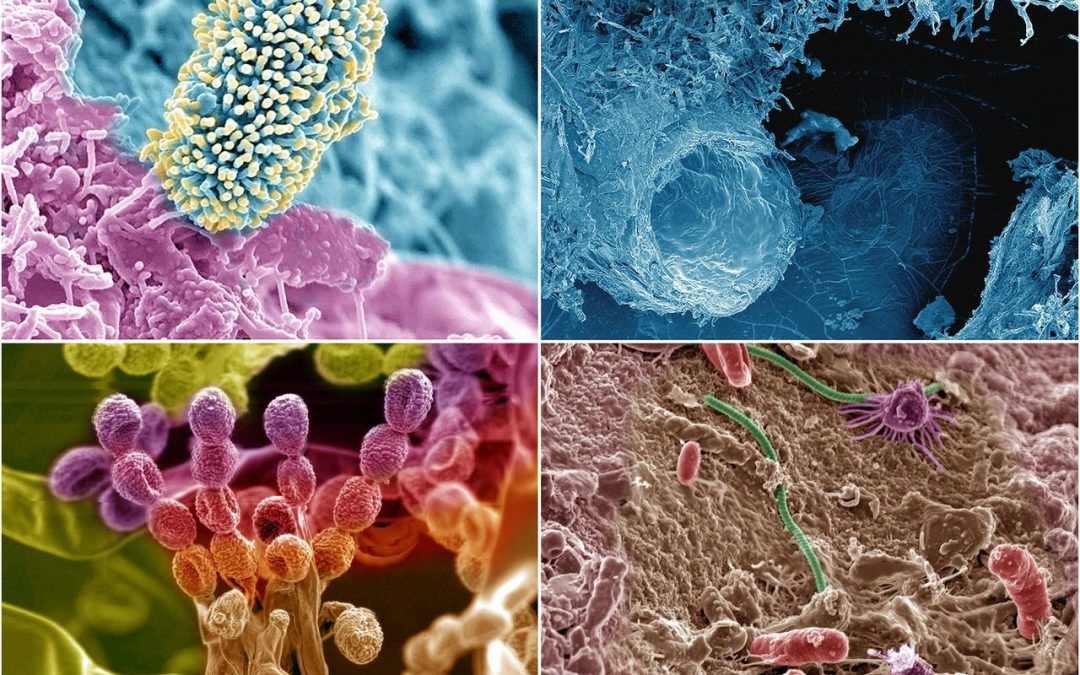Last Updated on August 29, 2023 by ILGM Ninjas
There are two paths for our turf lawns: The synthetic path and the biological path.
As we have discussed previously most of the problems that we face that are considered normal operating factors (compaction, thick thatch, frequent watering, heavy inputs of chemicals) are really not normal and all are symptoms of the use of man made chemicals that have circumvented the natural processes in the soil that would normally solve the issues naturally. But I am getting ahead of myself, let me start from the beginning.
The front Range of Colorado use to be the bottom of a very large bottom of water. The composition (inorganic) of our soils reflect this. In addition to this due to Colorado’s distance from any large bodies of water the climate here is very dry, arid which produces our alkaline soils. These two factors are what produce the foundations of our soils. In addition to this, with the advent of synthetic fertilizers in Germany in the late 19th century by a process called the Haber-Bosch Process (pretty cool, you should read about it sometime) the demise began. While it was a great discovery, the use of synthetic fertilizers have a negative effect on the health of the soil as they kill the microbiology that serves to protect and feed the roots of plants. The bacteria form defenses around the plant root that fight off pathogenic microbes and the beneficial fungi reach out with their mycelium to amplify the nutrients going back to the plant. The activity of these microbes naturally aerate the soil and cycle nutrients into the plant. Through photosynthesis the power of the sun turns carbon dioxide into simple sugars that the microbes feed off of and also puts carbon into the soil which is like currency for the microbes, their power source. The plant and the soil are one and the symbiotic relationship of the roots and the microbes perpetuates life and harmony. This is what has been eliminated in the soil through the use of synthetic products. What we seek to do is to reestablish this relationship. Through our regenerative biological process we can:
- Increase porosity so air water and nutrients can penetrate the soil.
- Increase Carbon content in the soil which serves to activate the microbes
- Increase water carrying capacity of the soil.
- Activate the ability for the soil to use atmospheric nitrogen
- Naturally prevent weeds.
- Lengthen the time in which grass is green.
- Increase the plant’s natural ability to handle stress and disease.
- Break down waste organic material into useable nutrients
- Naturally aerate the soil
- Eliminate the use of toxic materials
The end result is that you have a lawn that is far better without you putting so much energy into it. The biological process is predictable and it is superior. You can rest easier that your problematic lawn will perform better through biology!

